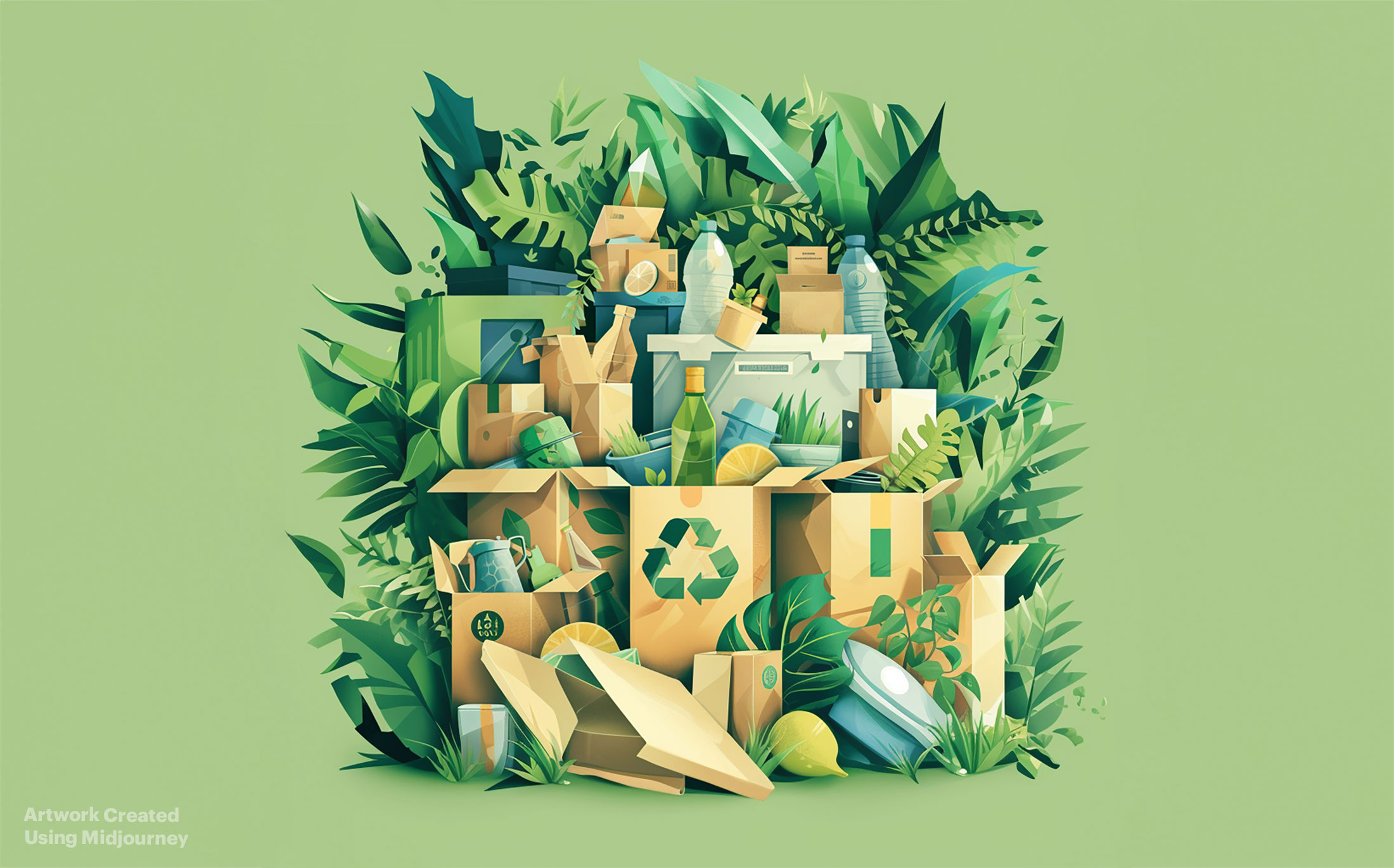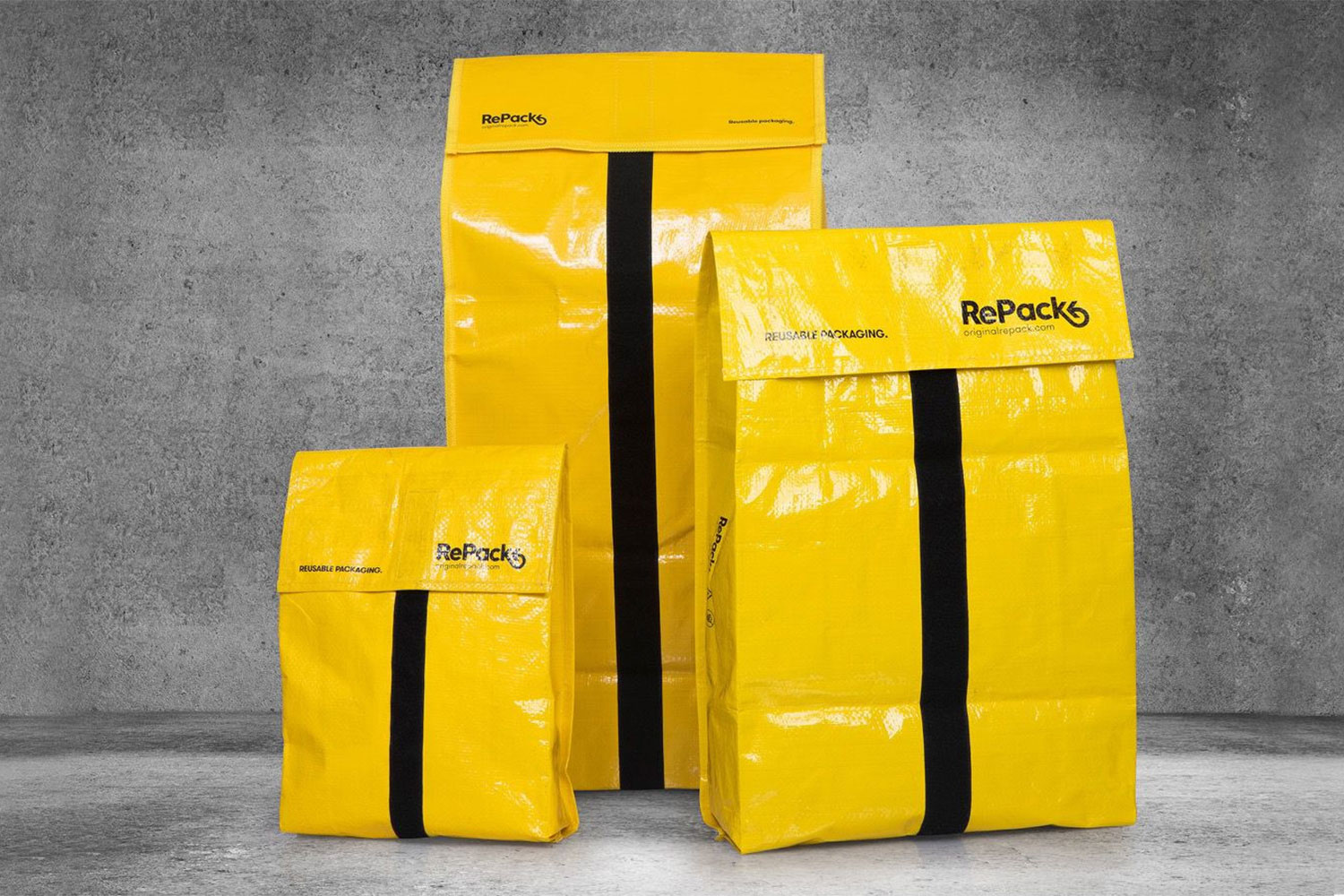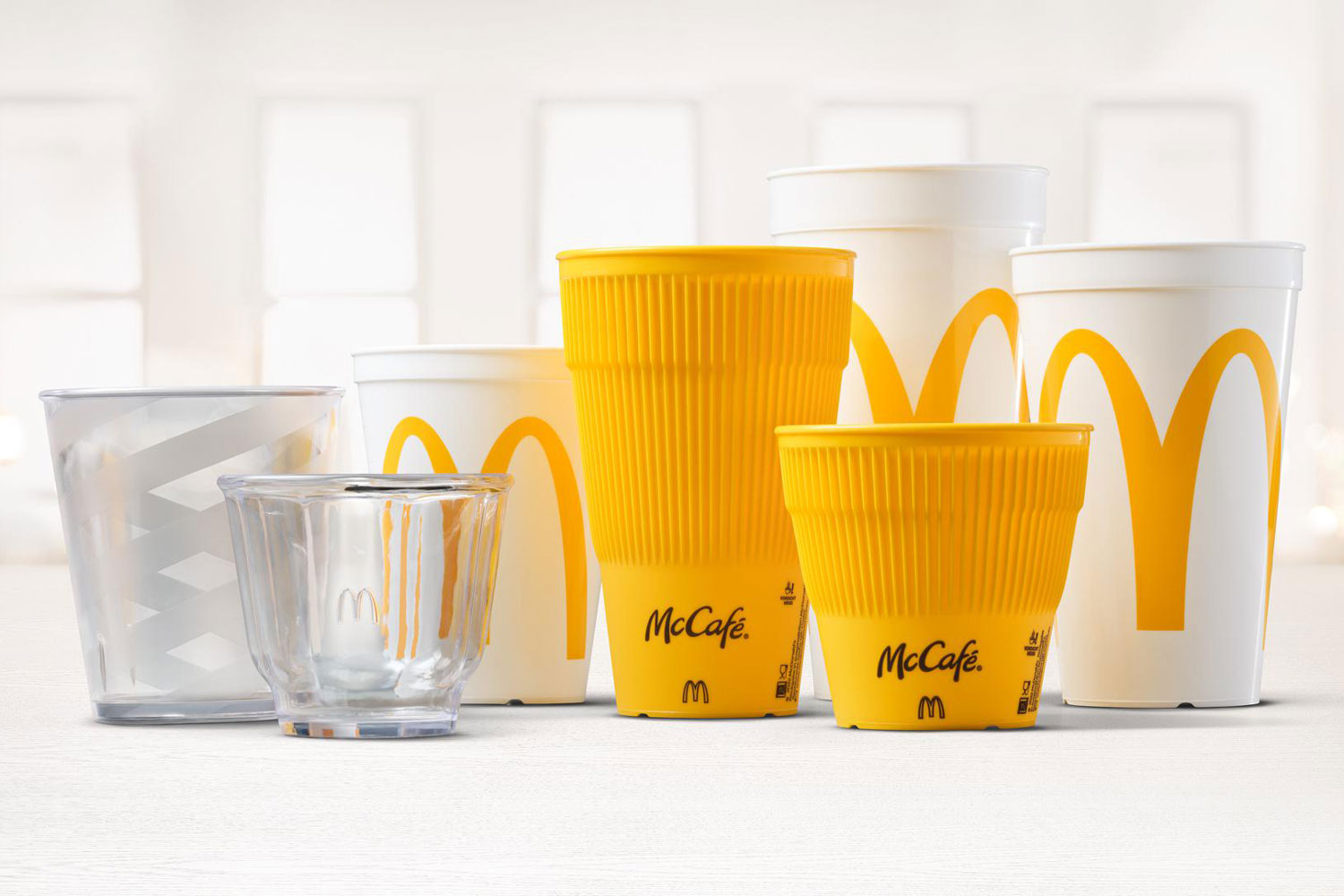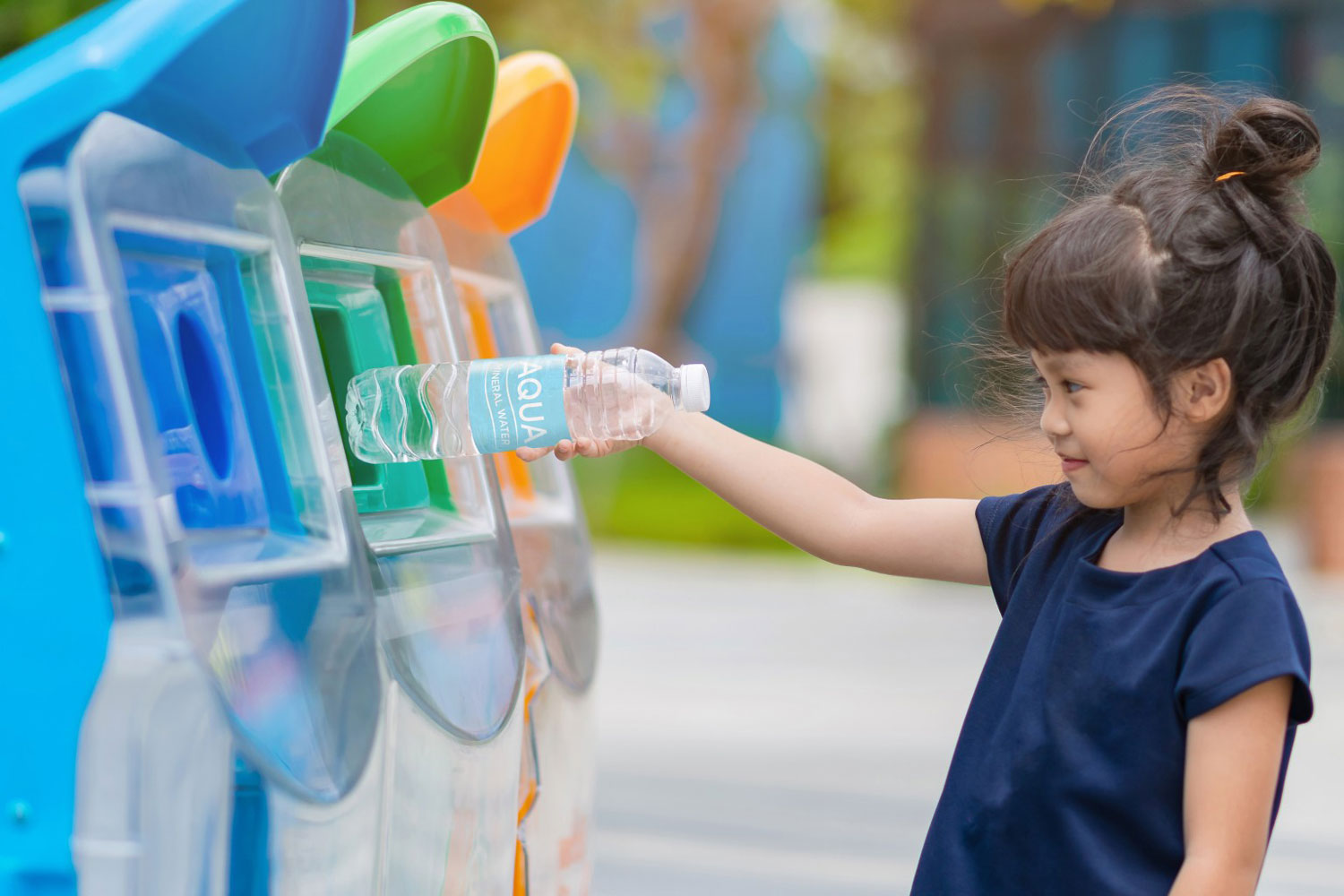Sustainable packaging is rapidly emerging as a priority for US businesses. At BOLTGROUP more of our clients than ever before are rethinking their packaging systems, driven by a combination of consumer demands and regulatory pressures. Those who choose to embrace the challenge and re-imagine their packaging with a sustainable approach can realize benefits ranging from cost savings and streamlined processes to enhanced brand perception and product differentiation. They also gain access to new markets where packaging regulations are already in place, and most importantly, position themselves for future changes.
For businesses needing to plan moves toward compliance, thinking about how to reduce waste and single-use plastics in packaging will be key. We suggest asking yourself these questions:
- What is the value proposition of sustainable packaging for my company?
- What metrics should I use to identify opportunities and track progress?
- What solutions work best for my business needs?
- How does my business communicate with stakeholders and get credit with customers for what we are accomplishing?
The need for sustainable alternatives to single-use (disposable) plastic packaging has never been clearer. Plastic consumption has quadrupled over the past 30 years. Global plastics production is over 450 million tons and produces more than 1.8 billion tons of carbon emissions. Only 9% of plastic waste is recycled; the vast majority ends up in landfills. 22% is burned in open pits or ends up in the environment. In 2019, 6.1 million tons of plastic waste ended up in waterways and 1.7 million tons flowed into oceans. There is now an estimated 30 million tons of plastic waste in seas and oceans, and 109 million tons has accumulated in rivers.1
As a result, micro plastics are increasingly linked to health problems including heart attacks and strokes. In response, Extended Producer Responsibility (EPR) laws and new packaging regulations are gaining momentum worldwide, placing the financial burden of recycling and disposal on producers rather than governments. Led by European and Asian governments, this shift is starting to impact packaging design and manufacturing in the US. With states like California and New York implementing EPR and other sustainability legislation, companies are increasingly designing packaging for recyclability, using more sustainable materials, and reducing overall packaging use to comply with recycling targets and avoid financial penalties.
The Value of Sustainable Packaging for Your Business
In an ever more environmentally conscious marketplace, sustainable packaging offers a win-win situation for your brand and your bottom line. Consumers in the US are growingly making purchasing decisions based on a company’s environmental impact. 39% of US consumers consider sustainable packaging to be important or very important, which has led to 2.7 times faster growth for sustainable brands versus traditional competitors, despite price premiums.2
Packaging is a critical touchpoint for users’ perceptions of a brand. By implementing eco-friendly packaging, a company demonstrates a commitment to sustainability, which resonates with these customers and can lead to brand loyalty, positive perception, and word-of-mouth promotion.
Additionally, sustainable packaging can translate to cost savings. Responsibly sourced materials often come at a competitive price, and using less packaging overall reduces material consumption and space and weight in shipping. Furthermore, with the rise of EPR laws in the US, companies face potential penalties for non-recyclable packaging. Sustainable design ensures compliance, saving you money in fines and avoiding logistical headaches.
What are Some Strategies and Tactics I Can Implement Within my Business?
To meet internally set targets, most businesses have a lot of work to do. While 75% of large US companies have made sustainable-packaging commitments, less than 30% are prepared to comply with legislation.2 Single-use packaging as it exists today is a mature industry, embedded in global supply chains, retail operations, design, and customer expectations. To make wasteful packaging obsolete, sustainable packaging must be competitive, meeting or exceeding all criteria of existing packaging solutions. It must present a compelling business case—not only environmentally, but also economically and from a business, marketing, and supply chain perspective.
To take on this type of a challenge, we encourage businesses to think of sustainable packaging (like any sustainability initiative) as a journey rather than a destination. And like any journey, it begins by taking the first step.




